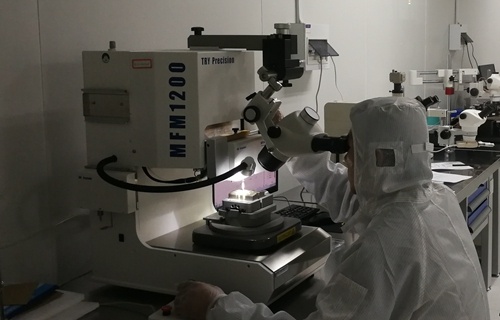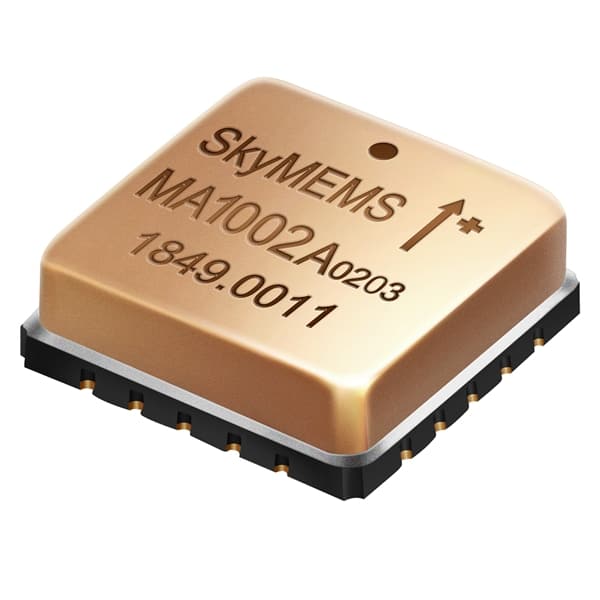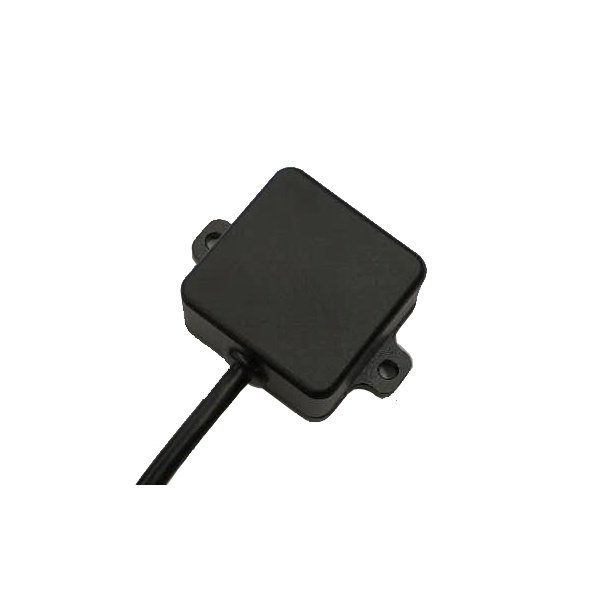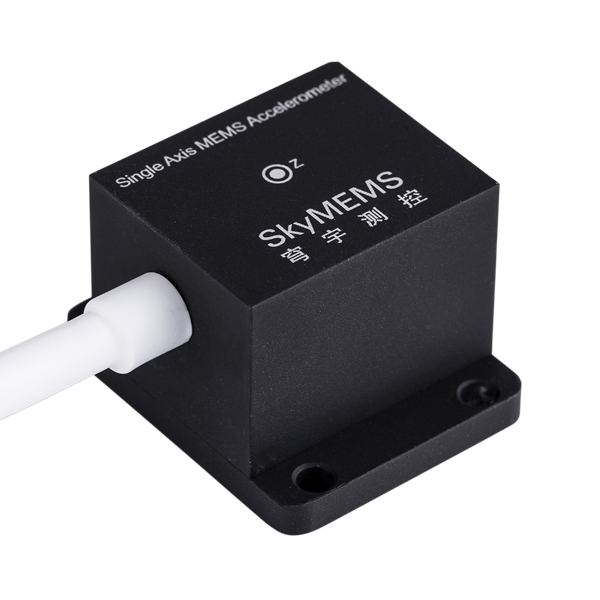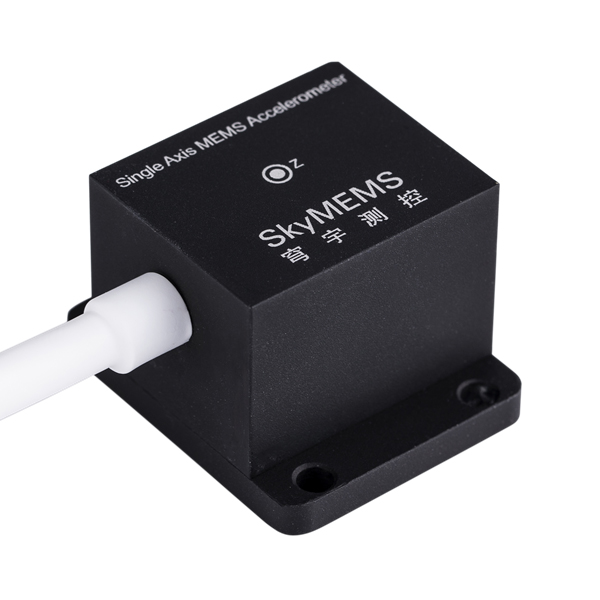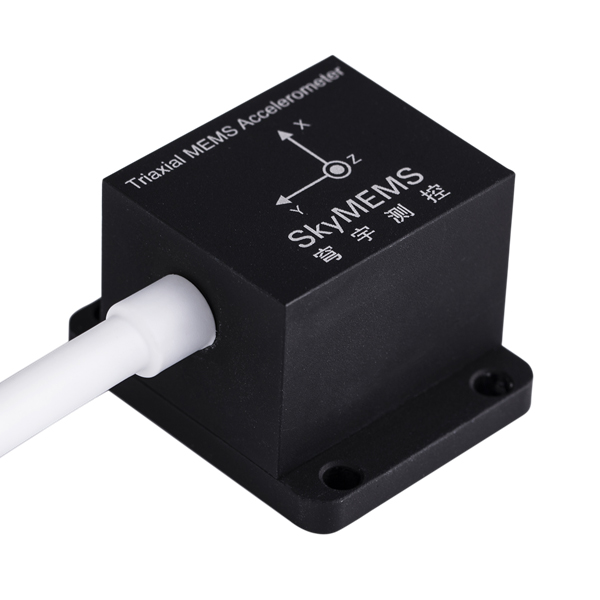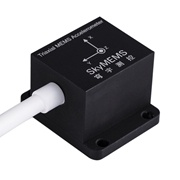An MEMS accelerometer is a small device that uses microelectromechanical systems (MEMS) technology to measure acceleration. This technology has enabled the development of extremely small and sensitive accelerometers that are widely used in a variety of applications, including smartphones, gaming devices, and even automobiles.
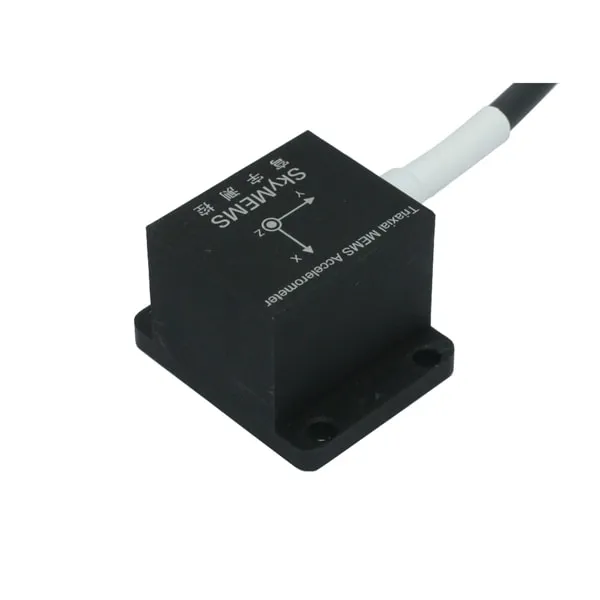
The basic principle behind an accelerometer is simple. When an object accelerates, it experiences a force that can be measured using a mass attached to a spring. In an MEMS accelerometer, this force is measured using a tiny proof mass – a small piece of silicon or other material – that is attached to a spring-like structure known as a proof mass beam. When the accelerometer experiences an acceleration, the proof mass is displaced from its neutral position and the amount of displacement can be used to calculate the acceleration.
One of the key advantages of MEMS accelerometers is their small size. By using microscopic components and manufacturing techniques, these devices can be made to be incredibly small – often measuring just a few millimeters across. This makes them ideal for use in a wide range of applications where size is a critical factor, such as in smartphones and wearable devices.
Another advantage of MEMS accelerometers is their high sensitivity. Because they use such small components, these devices are able to measure even very small accelerations with high precision. This makes them ideal for applications that require highly accurate measurements, such as in medical devices or in the aerospace industry.

MEMS accelerometers are also very rugged and reliable. Because they are made using silicon and other materials that are resistant to damage, these devices are able to withstand a wide range of environmental conditions and continue to function reliably. This makes them ideal for use in applications where reliability is critical, such as in automotive safety systems.
In addition to their small size, high sensitivity, and ruggedness, MEMS accelerometers also have a number of other important characteristics that make them well-suited for a variety of applications. For example, these devices are able to measure both static and dynamic acceleration, making them suitable for use in applications that require both types of measurements. They are also able to measure acceleration in all three dimensions, which makes them ideal for use in applications that require multidimensional measurements.
One of the most common applications for MEMS accelerometers is in smartphones and other mobile devices. These devices use accelerometers to detect the orientation of the device and to enable features such as automatic screen rotation and shake-to-activate functions. MEMS accelerometers are also commonly used in gaming devices, where they are used to detect the movement of the device and to enable motion-based gaming experiences.
Another important application for MEMS accelerometers is in automobiles, where they are used in a variety of safety systems. For example, many vehicles now use accelerometers to detect sudden acceleration or deceleration and to trigger the deployment of airbags in the event of a collision. MEMS accelerometers are also used in traction control systems, where they are used to measure the acceleration of the wheels and to help prevent the vehicle from slipping on wet or slippery roads.
In addition to their use in consumer electronics and automobiles, MEMS accelerometers are also widely used in a variety of other industries and applications. For example, these devices are used in medical devices to measure the movement of patients, in the aerospace industry to measure the acceleration of aircraft, and in the oil and gas industry to measure the movement of drilling rigs.
In conclusion, MEMS accelerometers are a critical component in a wide range of applications, from smartphones and gaming devices to automobiles and medical equipment. These tiny devices are able to measure acceleration with high precision and reliability, making them ideal for use in applications where size, sensitivity, and ruggedness are important factors. As the technology continues to evolve, we can expect to see MEMS accelerometers become even smaller, more sensitive, and more versatile, enabling the development of new and exciting applications in a variety of industries.
As with any technology, there are also some challenges and limitations associated with the use of MEMS accelerometers. For example, these devices are sensitive to temperature changes, which can affect their accuracy and reliability. Additionally, MEMS accelerometers are subject to mechanical wear and tear, which can cause them to degrade over time. To overcome these challenges, manufacturers are constantly working to improve the design and manufacturing of these devices, and to develop new technologies that can overcome these limitations.
Despite these challenges, the future of MEMS accelerometers looks bright. As the technology continues to advance, we can expect to see these devices become even smaller, more sensitive, and more reliable. This will enable the development of new and exciting applications in a variety of industries, and will help to drive innovation and progress in a wide range of fields. Overall, the continued evolution of MEMS accelerometers is likely to have a profound impact on the way we live and work, and will help to shape the future of technology.

